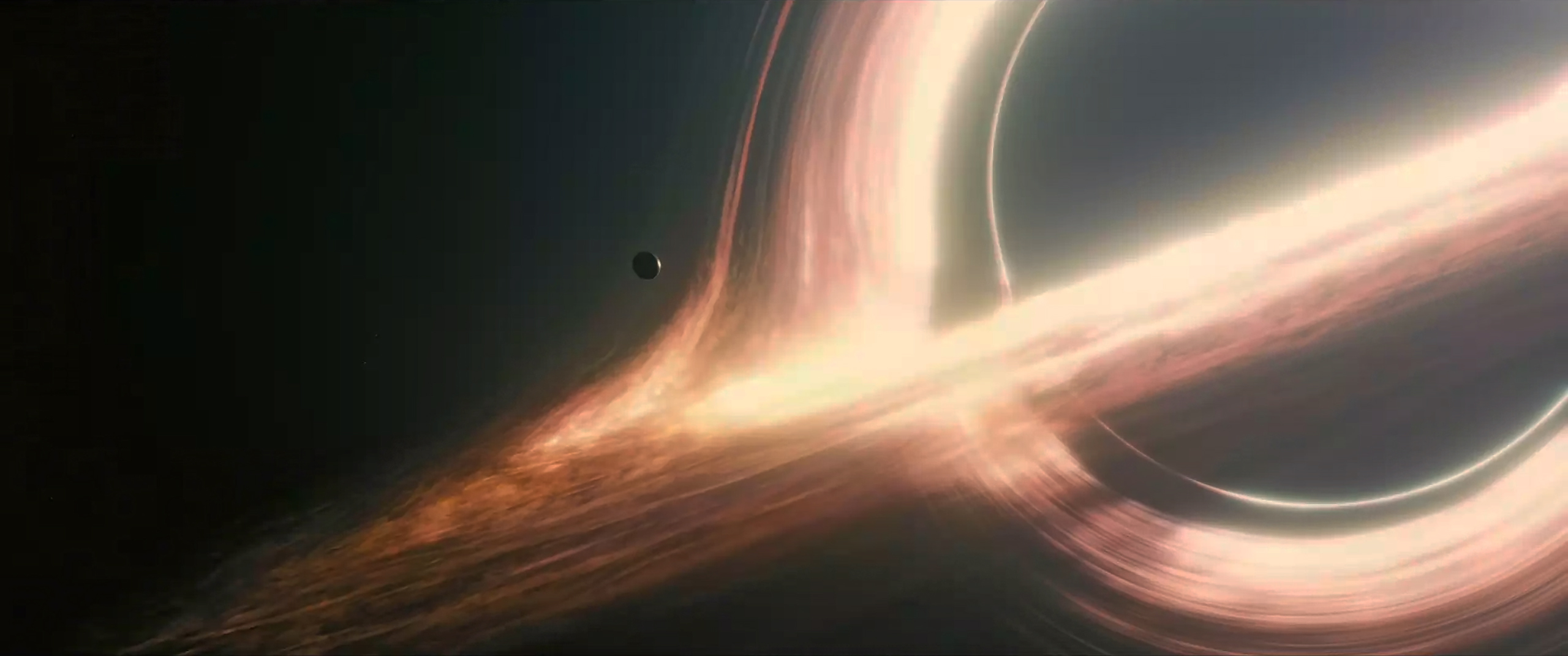Rogue, Starless Planets May Circle Black Holes

Thousands of planets may form and orbit around the kind of supermassive black holes found in the cores of most, if not all, galaxies, a new study finds.
"Planets are not only orbiting around stars, but also around supermassive black holes," study lead author Keiichi Wada, an astrophysicist at Kagoshima University in Japan, told Space.com.
When new stars form, the clouds of gas and dust around them collapse to form disks. Previous research suggested that planets originate within these "protoplanetary disks" as gravity pulls clumps of matter together into larger masses; the Atacama Large Millimeter/submillimeter Array (ALMA) has mapped 20 such planet-building disks around nearby stars to extraordinary detail.
Related: Weird Black Hole Physics Revealed in NASA Visualization
However, stars are not the only astronomical bodies surrounded by disks of gas and dust. Such disks also often surround supermassive black holes with masses that are millions to billions of times that of Earth's sun. This led Wada and his colleagues to investigate whether planets might form around such black holes.
"I don't remember when and how I came up with this extreme idea, but maybe it is because I'm in a dusty environment — that is, given volcanic ash from the most active volcano in Japan, Sakurajima Mountain in Kagoshima," Wada told Space.com.
Many supermassive black holes are relatively quiet, such as the one sitting at the center of the Milky Way, Sagittarius A*, which is about 4 million times the mass of the sun. However, Wada is an expert in active galactic nuclei, supermassive black holes that are voraciously devouring their surroundings. These often create ring-shaped zones of gas and dust around themselves, spanning from about 0.3 to 30 light-years from the supermassive black hole.
Get the Space.com Newsletter
Breaking space news, the latest updates on rocket launches, skywatching events and more!
Now, Wada and his colleagues have found that planets can form around active galactic nuclei. "Common sense says planets are formed from protoplanetary disks around stars, but we found that planets could be also formed without the help of stars," Wada said. "They can be directly formed from dust grains around supermassive black holes."
The scientists focused on relatively dim active galactic nuclei, as bright ones are so energetic that they would easily disrupt planetary formation. Wada and colleagues developed computer models to calculate the way heat is distributed within the dust rings around these supermassive black holes.
The researchers found that ices could form at certain distances from active galactic nuclei. Their computer models suggested that icy dust particles could glom onto each other, snowballing in size.
These planets would typically be about 10 times Earth's mass, Wada said. They could be rocky worlds or Neptune-like icy giant planets, he added.
The scientists estimated that more than 10,000 planets could orbit each active galactic nucleus, since the amount of dust around such objects is enormous, Wada said. Some planets might orbit around the Milky Way's supermassive black hole, he added.
The researchers expected planet formation would occur about 10 to 30 light-years from supermassive black holes. As such, these worlds should not experience any of the bizarre effects one might expect from the strong gravitational fields close to such large black holes, such as time dilation, as seen in the movie "Interstellar," Wada said.
However, the researchers noted that detecting any such planets around supermassive black holes would prove challenging. For example, one standard method for finding exoplanets involves spotting the dimming of starlight due to worlds passing in front of stars. But since black holes are, well, black, such a technique would prove "hopeless" for finding black hole planets, the researchers said. One indirect technique might analyze the dust rings around supermassive black holes for the kind of activity linked with planet-forming that is seen in protoplanetary disks around stars, the researchers noted.
The scientists now plan to examine how these planetary systems evolve over time — for example, if gravitational interactions between these worlds might cause them to scatter and move away from their black holes, Wada said. He and his colleagues detailed their findings in a study accepted for publication in The Astrophysical Journal on Oct. 9.
- 1 Million Habitable Planets Could (Theoretically) Orbit a Black Hole
- Lonely Rogue Worlds Surprisingly Outnumber Planets with Suns
- Is Our Solar System's Mysterious 'Planet 9' Really a Grapefruit-Size Black Hole?
Follow Charles Q. Choi on Twitter @cqchoi. Follow us on Twitter @Spacedotcom and on Facebook.
Join our Space Forums to keep talking space on the latest missions, night sky and more! And if you have a news tip, correction or comment, let us know at: community@space.com.

Charles Q. Choi is a contributing writer for Space.com and Live Science. He covers all things human origins and astronomy as well as physics, animals and general science topics. Charles has a Master of Arts degree from the University of Missouri-Columbia, School of Journalism and a Bachelor of Arts degree from the University of South Florida. Charles has visited every continent on Earth, drinking rancid yak butter tea in Lhasa, snorkeling with sea lions in the Galapagos and even climbing an iceberg in Antarctica. Visit him at http://www.sciwriter.us









